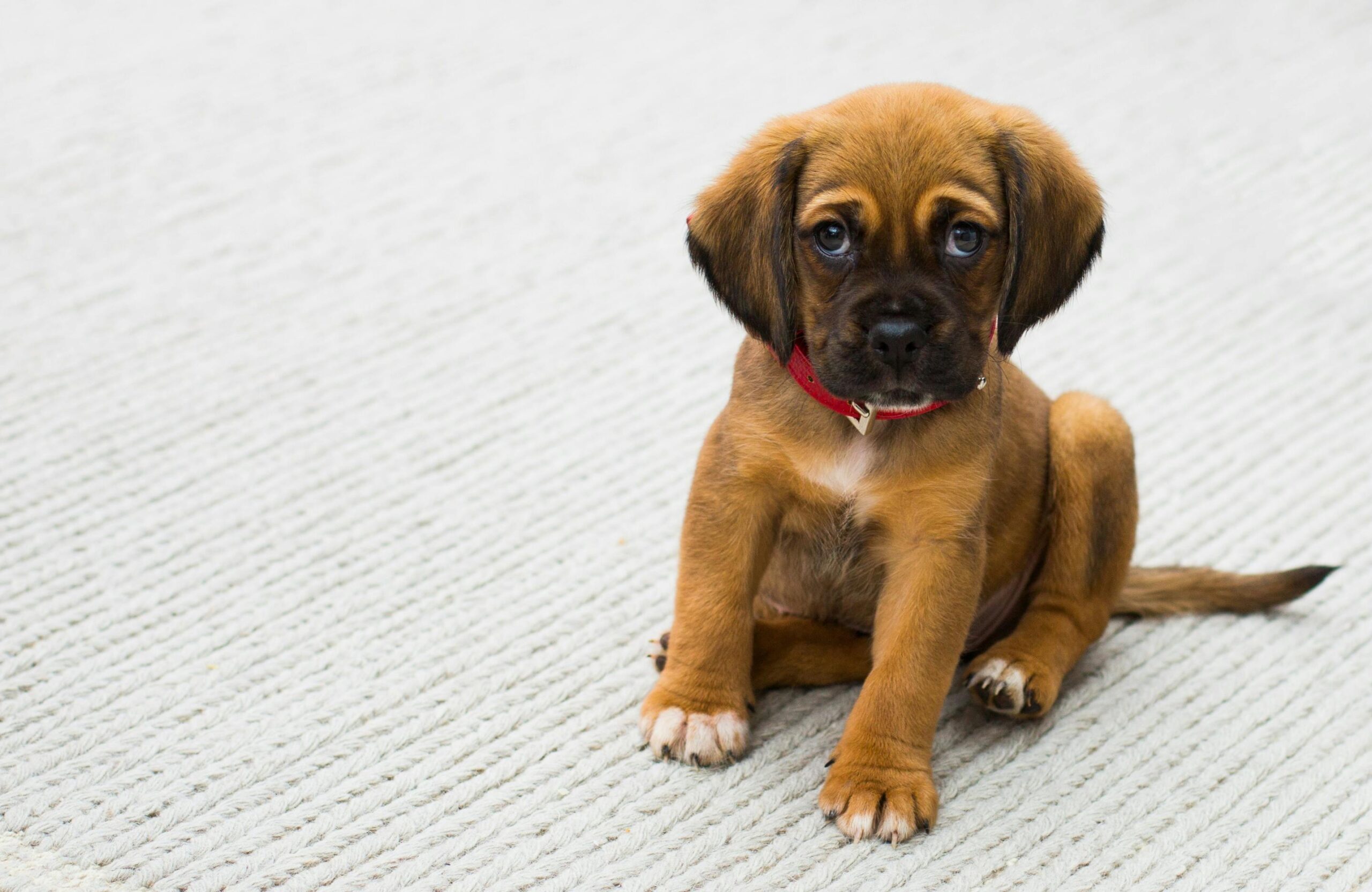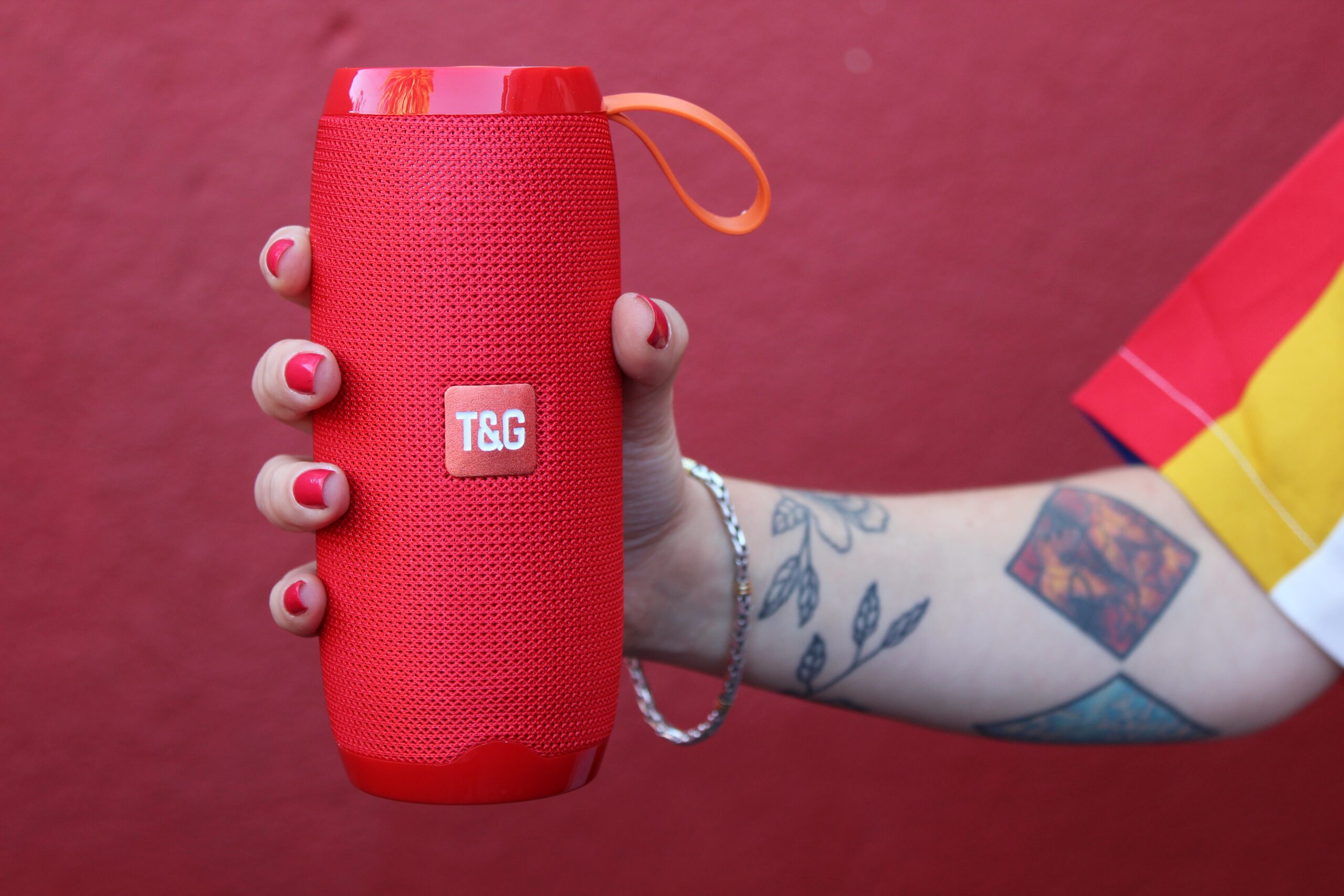Pet hair is a common challenge for pet owners. Whether you have a dog, cat, rabbit, or another furry friend, pet hair can accumulate on furniture, floors, clothing, and other surfaces. Removing pet hair requires a combination of preventative measures, regular cleaning routines, and specialized tools. This guide covers various methods and tips to help you manage and get rid of pet hair effectively.
Understanding the Problem of Pet Hair
Why Pets Shed
Most pets shed their fur naturally. Shedding is a part of the hair growth cycle and helps pets get rid of old, damaged, or excess fur. Factors that influence shedding include:
- Breed: Some breeds shed more than others. For example, double-coated breeds like German Shepherds and Huskies shed significantly, while breeds like Poodles shed very little.
- Season: Many pets shed more during certain times of the year, typically in spring and fall, when they are preparing for temperature changes.
- Health: Health issues, stress, and poor diet can increase shedding. Ensuring your pet is healthy and well-nourished can help manage excessive shedding.
The Impact of Pet Hair
Pet hair can cause several issues, including:
- Allergies: Pet dander, which is attached to pet hair, can trigger allergic reactions in some people.
- Hygiene: Excessive pet hair can make your home look unclean and can harbor dust and dirt.
- Clogged Filters: Pet hair can clog air filters and reduce the efficiency of heating and cooling systems.
Preventative Measures
Regular Grooming
Regular grooming is one of the most effective ways to manage pet hair. It helps remove loose hair before it falls off and spreads around your home.
Brushing
Brushing your pet regularly can significantly reduce the amount of loose hair. The frequency and type of brush depend on your pet’s coat type:
- Short-Haired Pets: Use a rubber brush or a bristle brush to remove loose hair and distribute natural oils.
- Long-Haired Pets: Use a slicker brush or a comb to detangle and remove loose hair. A de-shedding tool can also be beneficial.
- Double-Coated Pets: Use an undercoat rake to remove loose fur from the undercoat.
Bathing
Bathing your pet can help reduce shedding and keep their coat healthy. Use a pet-specific shampoo and conditioner. Be sure to rinse thoroughly to avoid skin irritation, which can increase shedding.
Healthy Diet
A healthy diet is essential for maintaining your pet’s skin and coat health. Ensure your pet’s diet includes:
- Omega-3 and Omega-6 Fatty Acids: These help promote a healthy coat and reduce shedding.
- High-Quality Protein: Protein is crucial for hair growth and maintenance.
- Vitamins and Minerals: Ensure your pet’s diet includes vitamins A, E, and B, as well as zinc and biotin.
Regular Veterinary Checkups
Regular vet checkups can help identify and address any underlying health issues that might cause excessive shedding. Conditions such as parasites, infections, and allergies can lead to increased hair loss.
Cleaning Strategies
Cleaning Tools and Products
Investing in the right tools and products can make a significant difference in managing pet hair.
Vacuum Cleaners
A good vacuum cleaner is essential for pet owners. Look for features such as:
- Strong Suction Power: Effective at picking up pet hair from various surfaces.
- HEPA Filter: Captures pet dander and allergens.
- Attachments: Tools like upholstery brushes and crevice tools help clean different surfaces.
Lint Rollers
Lint rollers are handy for quickly removing pet hair from clothing, furniture, and car seats. Keep a few around the house for easy access.
Rubber Gloves
Rubber gloves can be surprisingly effective for removing pet hair. Simply put on a glove, dampen it slightly, and run your hand over the surface. The hair will stick to the glove, which you can then rinse off.
Sticky Tape
Similar to lint rollers, sticky tape can be used to pick up pet hair from various surfaces. Wrap some tape around your hand, sticky side out, and pat the surfaces to collect hair.
Pet Hair Removal Brushes
Specialized pet hair removal brushes, such as those with rubber bristles, can be very effective at collecting hair from furniture and car interiors.
Cleaning Techniques
Floors
- Hard Floors: Use a broom with rubber bristles or a microfiber mop to collect pet hair. Regular sweeping and mopping can help keep floors hair-free.
- Carpeted Floors: Vacuum regularly, using multiple passes to ensure thorough cleaning. Consider using a carpet rake before vacuuming to loosen embedded hair.
Furniture
- Upholstered Furniture: Use a vacuum with an upholstery attachment, a lint roller, or a pet hair removal brush to clean sofas and chairs. For stubborn hair, try using a damp cloth or sponge.
- Leather Furniture: Wipe down with a damp cloth. Regular conditioning can also help keep leather in good condition and reduce static that attracts hair.
Bedding and Linens
- Pet Beds: Wash pet beds and blankets regularly. Use a lint roller or vacuum to remove hair before washing.
- Human Bedding: Use a dryer sheet or a damp washcloth in the dryer to help collect pet hair. Regularly washing bedding can help reduce the accumulation of hair and dander.
Clothing
- Laundry: Use a lint roller or sticky tape to remove hair before washing. Adding a half cup of white vinegar to the rinse cycle can help loosen hair from fabrics.
- Dryer: Clean the lint trap after every use to prevent clogs and improve efficiency.
Managing Pet Hair in Vehicles
Car Cleaning Tools
- Handheld Vacuum: A powerful handheld vacuum with attachments can make cleaning pet hair from car seats and carpets easier.
- Pet Hair Remover Brush: Use a brush designed for car interiors to collect hair from seats and other surfaces.
- Lint Rollers: Keep a lint roller in your car for quick touch-ups.
Protective Covers
- Seat Covers: Use pet-specific seat covers to protect your car seats. These covers are easy to remove and wash.
- Blankets: Place blankets or towels on car seats to catch hair. These can be easily removed and cleaned.
Reducing Static Electricity
Anti-Static Sprays
Use anti-static sprays on furniture and other surfaces to reduce the attraction of pet hair. These sprays can help prevent hair from clinging to surfaces.
Dryer Sheets
Wipe surfaces with dryer sheets to reduce static and pick up pet hair. This method is especially useful for upholstered furniture and clothing.
Specialized Pet Hair Removal Products
De-Shedding Tools
De-shedding tools like the Furminator can help remove loose undercoat hair, reducing the amount that ends up around your home.
Pet Hair Vacuums
Consider investing in a vacuum designed specifically for pet hair. These vacuums often have stronger suction, specialized attachments, and filters to capture pet dander.
Pet Hair Remover Gloves
These gloves allow you to groom your pet while collecting loose hair. They can be especially useful for pets that are sensitive to brushes.
Air Purifiers
HEPA Air Purifiers
HEPA air purifiers can help reduce the amount of pet hair and dander in the air, improving overall air quality and reducing allergy symptoms.
Regular Filter Replacement
Ensure you replace or clean the filters in your air purifiers regularly to maintain their efficiency.
Pet-Friendly Home Design
Flooring Choices
- Hardwood or Tile Floors: Easier to clean and less likely to trap pet hair compared to carpets.
- Low-Pile Carpets: If you prefer carpets, choose low-pile options that are easier to clean.
Furniture Choices
- Leather or Microfiber: These materials are less likely to attract pet hair and are easier to clean.
- Washable Slipcovers: Use slipcovers on furniture that can be easily removed and washed.
Pet Zones
Designate specific areas for your pet to reduce the spread of hair. Use pet beds, blankets, and rugs in these areas to contain hair.
Training and Behavior
Regular Brushing Routine
Train your pet to enjoy brushing sessions. Start with short sessions and gradually increase the time. Use treats and positive reinforcement to create a positive association with grooming.
No-Furniture Rules
Train your pet to stay off furniture if you want to reduce hair accumulation on sofas and chairs. Provide comfortable alternatives like pet beds or blankets.
Professional Help
Professional Grooming
Regular professional grooming can help manage shedding, especially for breeds with thick or long coats. Professional groomers have the tools and expertise to handle heavy shedding.
Cleaning Services
Consider hiring professional cleaning services for deep cleaning tasks, such as carpet and upholstery cleaning, to keep your home free of pet hair.
Seasonal Shedding Management
Spring and Fall Shedding
Pets often shed more during spring and fall. Increase the frequency of grooming during these seasons to manage the extra hair.
De-Shedding Treatments
Consider professional de-shedding treatments during peak shedding seasons. These treatments can help reduce the amount of loose hair.
DIY Solutions
Homemade Anti-Static Spray
Create a homemade anti-static spray by mixing one part fabric softener with three parts water. Use this spray on furniture and other surfaces to reduce static and pet hair attraction.
Baking Soda
Sprinkle baking soda on carpets and furniture before vacuuming. Baking soda helps loosen pet hair and neutralizes odors.
Pumice Stone
Use a pumice stone to gently remove pet hair from carpets and fabric surfaces. The stone’s texture helps lift hair effectively.
Health and Wellness
Omega-3 Supplements
Omega-3 supplements can help improve your pet’s coat health and reduce shedding. Consult your vet for appropriate dosages and recommendations.
Regular Exercise
Regular exercise keeps your pet healthy and can reduce stress-related shedding. Ensure your pet gets enough physical activity and mental stimulation.
Stress Management
Stress can increase shedding. Provide a calm and safe environment for your pet. Use calming aids or consult your vet if your pet shows signs of stress.
What are some effective ways to remove pet hair from furniture?
Using a vacuum with an upholstery attachment, a lint roller, or a pet hair removal brush can effectively remove pet hair from furniture. Damp cloths or sponges can also help lift hair from fabric surfaces.
How often should I groom my pet to reduce shedding?
The frequency of grooming depends on your pet’s breed and coat type. Short-haired pets may need brushing once a week, while long-haired or double-coated pets may require daily brushing.
What type of vacuum cleaner is best for pet hair?
A vacuum cleaner with strong suction, a HEPA filter, and specialized attachments for pet hair is ideal. Look for models specifically designed for pet owners.
Are there specific grooming tools that help reduce shedding?
Yes, de-shedding tools like the Furminator, slicker brushes, and undercoat rakes are effective for reducing shedding by removing loose fur from the undercoat.
Can diet affect my pet’s shedding?
Yes, a healthy diet rich in omega-3 and omega-6 fatty acids, high-quality protein, and essential vitamins and minerals can help reduce shedding and promote a healthy coat.
How can I remove pet hair from my clothes?
Using a lint roller, sticky tape, or a dryer sheet can help remove pet hair from clothing. Adding a half cup of white vinegar to the rinse cycle can also help loosen hair from fabrics.
Is there a way to prevent pet hair from sticking to furniture?
Using anti-static sprays, covering furniture with washable slipcovers, and choosing materials like leather or microfiber can help prevent pet hair from sticking.
How can I manage pet hair on hardwood or tile floors?
Regular sweeping with a rubber broom or using a microfiber mop can effectively collect pet hair from hard floors. Vacuuming with a hard floor attachment is also helpful.
What are some natural remedies to reduce pet shedding?
Regular grooming, a balanced diet, omega-3 supplements, and ensuring your pet is healthy can naturally reduce shedding. Bathing your pet with a moisturizing shampoo can also help.
How can I keep pet hair out of my car?
Using seat covers, keeping a lint roller in the car, and regularly vacuuming with a handheld vacuum can help manage pet hair in your car.
Are there any products that can reduce pet hair in the air?
HEPA air purifiers can help reduce pet hair and dander in the air, improving air quality and reducing allergy symptoms.
Can stress cause my pet to shed more?
Yes, stress can increase shedding. Providing a calm and safe environment for your pet and using calming aids can help reduce stress-related shedding.
How can I remove pet hair from carpets?
Vacuuming regularly, using a carpet rake before vacuuming, and using a pet-specific vacuum can help remove pet hair from carpets. Baking soda can also be sprinkled on the carpet before vacuuming to help lift hair.
What are some effective ways to remove pet hair from bedding?
Washing bedding regularly, using a lint roller or sticky tape to remove hair before washing, and adding a dryer sheet or damp washcloth to the dryer can help remove pet hair from bedding.
How can I reduce pet hair on my floors?
Regularly sweeping, mopping, and vacuuming can help keep floors free of pet hair. Using a robot vacuum designed for pet hair can also be convenient.
What are the best brushes for different coat types?
- Short-haired pets: Rubber brush or bristle brush.
- Long-haired pets: Slicker brush or comb.
- Double-coated pets: Undercoat rake or de-shedding tool.
Can using dryer sheets help with pet hair?
Yes, wiping surfaces with dryer sheets can help reduce static electricity and collect pet hair from furniture and clothing.
How can I train my pet to reduce hair on furniture?
Training your pet to stay off furniture and providing comfortable alternatives like pet beds or blankets can help reduce hair on furniture.
What are some professional grooming options for reducing shedding?
Professional grooming services, including de-shedding treatments, regular baths, and thorough brushing, can help manage shedding, especially for breeds with thick or long coats.
How can I remove pet hair from my pet’s bedding?
Regularly washing your pet’s bedding and using a lint roller or vacuum to remove hair before washing can help keep it clean.
Are there specific cleaning tools for pet hair removal?
Yes, tools like pet hair removal brushes, rubber brooms, and handheld vacuums with pet hair attachments are designed to effectively remove pet hair.
How can I reduce pet hair on upholstery?
Using a vacuum with an upholstery attachment, a lint roller, or a pet hair removal brush can help remove pet hair from upholstery. Damp cloths or sponges can also be effective.
How can I remove pet hair from my pet’s toys?
Washing pet toys regularly and using a lint roller or sticky tape to remove hair can help keep them clean.
Can bathing my pet help reduce shedding?
Yes, regular bathing with a pet-specific shampoo and conditioner can help reduce shedding and keep your pet’s coat healthy. Be sure to rinse thoroughly to avoid skin irritation.
What are the benefits of using a HEPA air purifier for pet hair?
A HEPA air purifier can capture pet hair and dander, improving indoor air quality and reducing allergy symptoms.
How can I manage pet hair during shedding season?
Increase the frequency of grooming during shedding season, consider professional de-shedding treatments, and use tools like de-shedding brushes to manage extra hair.
How can I remove pet hair from car seats?
Using seat covers, a handheld vacuum with pet hair attachments, and pet hair removal brushes can help keep car seats free of pet hair.
Can using fabric softener help with pet hair removal?
Using fabric softener in the laundry can help reduce static electricity and make it easier to remove pet hair from clothing and linens.
What are some DIY solutions for pet hair removal?
DIY solutions include using rubber gloves, homemade anti-static spray (fabric softener mixed with water), and baking soda sprinkled on carpets before vacuuming.
How can regular veterinary checkups help with pet hair management?
Regular vet checkups can help identify and address any underlying health issues that might cause excessive shedding, such as parasites, infections, or allergies.
How can I remove pet hair from blinds and curtains?
Using a vacuum with a brush attachment, a lint roller, or a microfiber cloth can help remove pet hair from blinds and curtains. For fabric curtains, washing them regularly can also be effective.
What are some tips for removing pet hair from car carpets?
Use a handheld vacuum with strong suction, a pet hair remover brush, or a rubber glove to collect hair from car carpets. A pumice stone can also be effective for stubborn hair.
How can I keep pet hair off my kitchen surfaces?
Regularly wipe down kitchen surfaces with a damp cloth or microfiber cloth. Keeping pets out of the kitchen or training them to stay off counters can also help reduce hair on kitchen surfaces.
Are there any specific cleaning products that work well for pet hair?
Products like anti-static sprays, pet hair removal brushes, and vacuums designed for pet hair can be very effective. Additionally, using fabric softener in the laundry can help reduce hair on clothing and linens.
How can I reduce pet hair on my bed?
Regularly wash your bedding, use a lint roller or sticky tape to remove hair before washing, and consider using a pet-specific blanket or bed cover that can be easily washed.
Can essential oils help with pet hair removal?
Some essential oils, like lavender or eucalyptus, may help reduce static electricity, making it easier to remove pet hair from surfaces. However, always ensure the oils are safe for pets and used in well-ventilated areas.
How can I remove pet hair from throw pillows and cushions?
Use a vacuum with an upholstery attachment, a lint roller, or a pet hair removal brush to clean throw pillows and cushions. Washing removable covers regularly can also help.
Are there any specific techniques for removing pet hair from area rugs?
Vacuuming regularly, using a carpet rake, and shaking out small rugs outside can help remove pet hair. Spot cleaning with a damp cloth can also be effective for localized areas.
How can I reduce pet hair in the laundry?
Use a lint roller or sticky tape to remove hair from clothing before washing. Adding white vinegar to the rinse cycle can help loosen hair, and using dryer sheets in the dryer can help collect hair.
Can pet hair removal tools be used on all surfaces?
Most pet hair removal tools, such as lint rollers, rubber gloves, and specialized brushes, can be used on various surfaces, including furniture, clothing, and car interiors. However, always test a small area first to ensure there is no damage.
How can I remove pet hair from my keyboard and electronic devices?
Use a microfiber cloth, compressed air, or a small handheld vacuum to gently remove pet hair from keyboards and electronic devices. Avoid using liquids that could damage the electronics.
What are some tips for removing pet hair from walls?
Use a microfiber cloth, a damp sponge, or a vacuum with a brush attachment to remove pet hair from walls. Regularly dusting walls can also help prevent hair buildup.
How can I remove pet hair from pet carriers and crates?
Vacuum the inside of the carrier or crate, use a lint roller or sticky tape to collect hair, and wash any removable bedding or pads regularly.
Are there any grooming techniques to reduce pet hair around the house?
Regular grooming, including brushing and bathing, can significantly reduce the amount of loose hair around the house. Use grooming tools appropriate for your pet’s coat type and consult a professional groomer if needed.
How can I remove pet hair from delicate fabrics?
For delicate fabrics, use a gentle lint roller, sticky tape, or a pet hair removal brush designed for delicate surfaces. Avoid using harsh tools or excessive pressure that could damage the fabric.
Conclusion
Managing pet hair is a continuous effort that requires a combination of preventative measures, regular cleaning routines, and specialized tools. By incorporating these strategies into your daily routine, you can keep your home clean and minimize the impact of pet hair.
Regular grooming, maintaining a healthy diet for your pet, using the right cleaning tools, and creating pet-friendly spaces are essential steps in keeping pet hair under control. With persistence and the right approach, you can enjoy a clean home and the companionship of your furry friends without the constant battle against pet hair.



